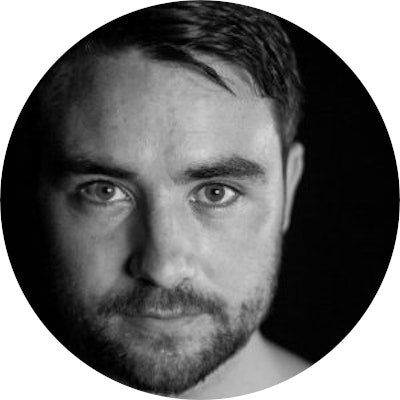Digital Marketing - Study Notes:
Personal Profiles
Personal profiles are for non-commercial use and represent individual people. You can follow profiles to see public updates from people you’re interested in, but aren’t friends with.
Pages
Pages look similar to personal profiles but offer unique tools for businesses, brands, and organizations. You can use your Page to tell your story by sharing photos, videos, and links, and creating a dialog through Pages that people can engage with through commenting, liking, and sharing.
Before creating a Facebook Page, you need to clarify your communication goals. Figure out what your story is - the message you want to tell people and who your audience is. Identify the resources you’ll require - the content and community management team you’ll need to put in place to achieve your goals.
The key components of a Facebook Page include:
- Page name
- Page URL
- About section
- Profile picture
- Cover photo
- Call-to-action button
- Location
Your Facebook Page should reflect your brand identity and you’ll be prompted along the way to set up the elements listed above.
Follow the step-by-step instructions, to set up your Page and add information about your business. Depending on your Page’s category or industry there’ll be different sections for you to fill out in the About section, and you can customize it to align with the goals of your social media strategy. For example, if you want people to engage with your business on Messenger, include the Messenger call-to-action button along with your website contact details.
To make adjustments to your Page sections, go to your settings, and then select Edit Page from the settings menu.
Back to TopDave Morrissey
Dave Morrissey is a Client Solutions Manager in the Retail and eCommerce division at Facebook. A seasoned digital marketer who specializes in social media, Dave now helps his clients achieve their marketing objectives through identity-based, data-driven marketing that's grounded in measurable business results.





